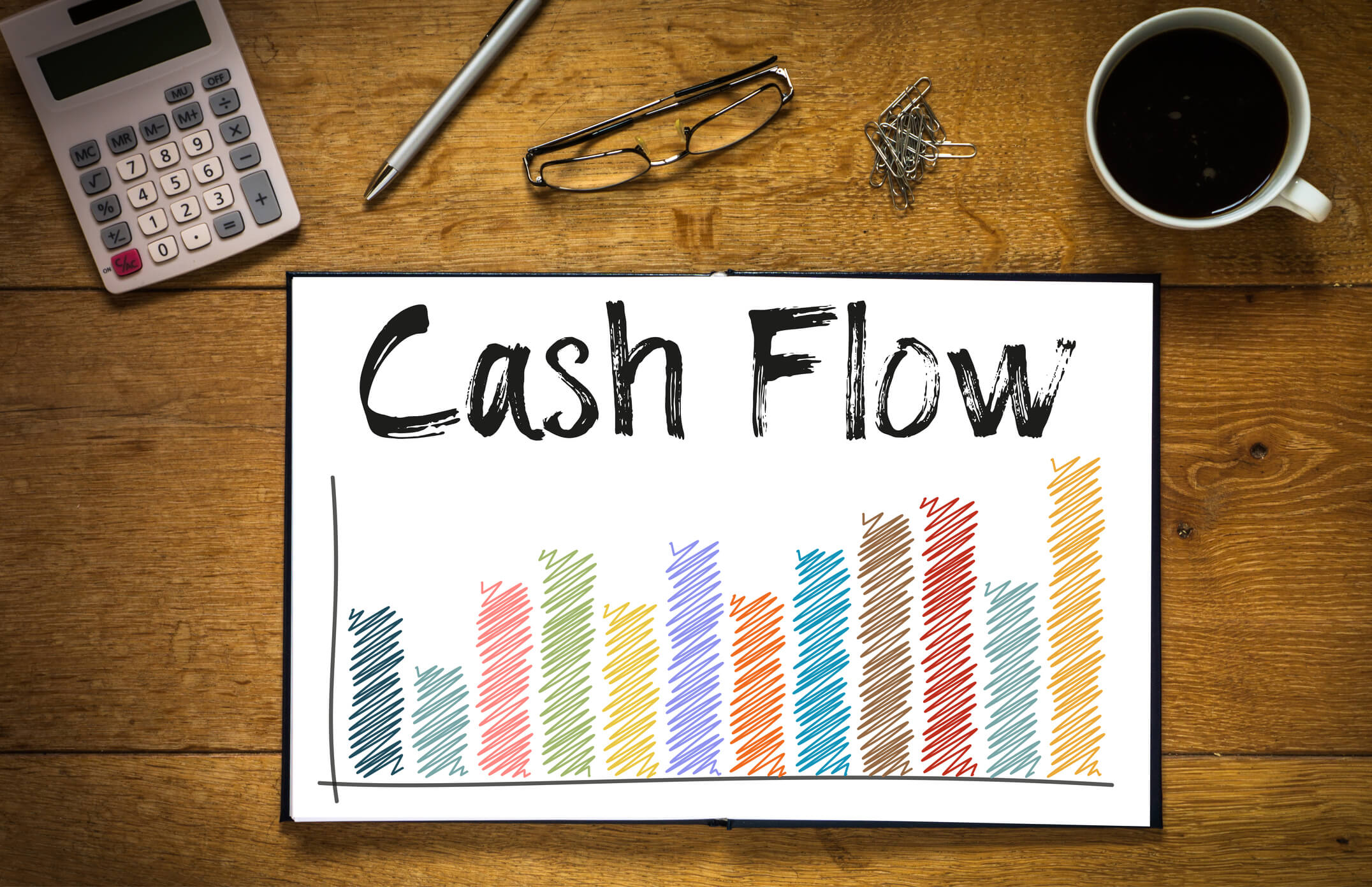A cash flow statement happens to be one of the biggest and essential financial statements for any business or company. The statement might be easy and uncomplicated as a one-page analysis statement or might consist of quite a bit of schedule that feeds the figures in a central statement.
A cash flow statement is like a record of all cash flows in and out of a project or business. Think of it just like the checking account at your bank. The deposits are like the cash inflow, and the withdrawals (in the form of checks) are like cash outflows. Your checking account’s balance is like your net cash flow for a certain period.
Just as bookkeeping helps provide all the necessary and relevant information from which all of the accounts are formulated. Every transaction, whatever its nature (purchase or sale) is, should be recorded.
A forecast of future cash flows is known as a cash flow budget. Think of it just like a forecast of your future withdrawals and deposits in your checking account. A cash flow statement is related to the total amount of cash flows and the timing of those flows.
Most of the cash flows are created over multiple timeframes. It may take over a year to register monthly cash outflows and inflows. Not only is the remaining cash balance projected at the year-end, but also each month’s cash balance. It can take that long to register because it takes time for a business to operate smoothly when it comes to finances.
What Is the Purpose of a Cash Flow Statement Analysis?
A cash flow statement’s objective is to see where the cash inflows are being generated and where the cash outflows are being spent for a certain period (generally annually and quarterly). The purpose of a cash flow statement is essential for analyzing a company’s long-term solvency and liquidity.
The cash flow statement involves the usage of cash basis accounting as opposed to accrual basis accounting. Most businesses use it for their income statement and balance sheet. This is essential because a corporation might have accumulated accounting revenues but not have received the cash. A cash flow statement analysis can produce taxes payable and profits but not offer the means to stay secure and creditworthy.
A cash flow statement’s purpose is to deliver information on a company’s solvency or liquidity. The cash flow delivers a clear picture of a business’s financial resources for a certain point in time.
What Are the Cash Flow Statement Components?
A cash flow statement component gives a comprehensive vision of cash flow from financing operations and investing.
Finance Activities
The cash flows from the finance activities refer to the cash outflows towards the entities’ investors (such as paying interest to bondholders) and shareholders (such as paying stock buybacks and dividends). Cash flows from the finance activities also include cash inflows received through the disbursement of stock equity or sales of bonds. Many cash flow finance activities comprise cash outflows because most entities only provide stocks and bonds occasionally. Finance activities are any activities that are about financing the company’s operations, startup, or growth.
Operating Activities
The remaining sum of cash leaving or coming in through the daily business operations is known as cash flow from operations. It consists of the operating income along with non-cash items, for instance, depreciation added. It includes all transactions coming in because of operations, including production and sales.
Investing Activities
Cash flow through investing activities will consist of cash outflow for long-term assets like equipment, land, buildings, etc., as well as inflows from the sale of securities, assets, businesses, etc. These investment activities are any revenue that occurs due to investments.
 About Complete Controller® – America’s Bookkeeping Experts Complete Controller is the Nation’s Leader in virtual bookkeeping, providing service to businesses and households alike. Utilizing Complete Controller’s technology, clients gain access to a cloud platform where their QuickBooks™️ file, critical financial documents, and back-office tools are hosted in an efficient SSO environment. Complete Controller’s team of certified US-based accounting professionals provide bookkeeping, record storage, performance reporting, and controller services including training, cash-flow management, budgeting and forecasting, process and controls advisement, and bill-pay. With flat-rate service plans, Complete Controller is the most cost-effective expert accounting solution for business, family-office, trusts, and households of any size or complexity.
About Complete Controller® – America’s Bookkeeping Experts Complete Controller is the Nation’s Leader in virtual bookkeeping, providing service to businesses and households alike. Utilizing Complete Controller’s technology, clients gain access to a cloud platform where their QuickBooks™️ file, critical financial documents, and back-office tools are hosted in an efficient SSO environment. Complete Controller’s team of certified US-based accounting professionals provide bookkeeping, record storage, performance reporting, and controller services including training, cash-flow management, budgeting and forecasting, process and controls advisement, and bill-pay. With flat-rate service plans, Complete Controller is the most cost-effective expert accounting solution for business, family-office, trusts, and households of any size or complexity.



